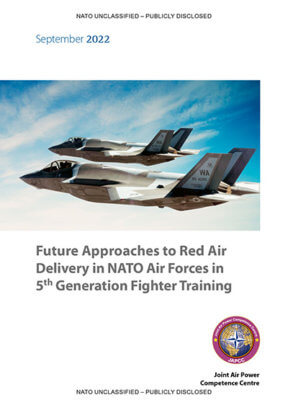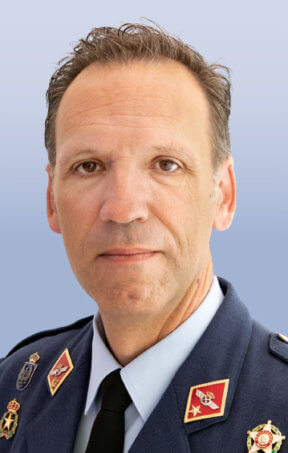Executive Summary
Red Air is a significant part of the NATO fighters training. However, this function is increasingly tricky for NATO countries to carry out, especially individually, due to the associated costs and the lack of materiel and personnel resources.
These costs raise the following question: How to maintain fighter proficiency while simultaneously supplying a credible Red Air training adversary? This question challenges NATO nations as they integrate 5th Generation fighter aircraft into their forces.
With reduced aircraft and pilot availability, traditional Red Air models are no longer an affordable option to effectively train NATO air forces. Furthermore, there are downsides to live-flight training that require mitigation by developing capable alternative environments and methodologies. Therefore, NATO nations must pivot their training model to incorporate a broad range of existing opportunities and emerging technologies to improve future Red Air capabilities, including in-flight training against live adversary aircraft.
To coordinate all these technologies and efforts, an International Red Air Standards Branch in close coordination with analogue National Branches and a NATO Aggressor Unit should be the core of a new training model. Furthermore, other areas such as Airborne Early Warning or Ground Controllers may be included in future studies.
This new model would provide the basis for standardization among the nations, increase the quality of training, and reduce the overhead of running a unit-level program. Furthermore, this model could solve both the knowledge and materiel gaps faced by the nations and improve tactical and strategic training.
This study intends to foster dialogue between community experts on how to provide this credible and sustainable Red Air training while offering different proposals. These proposals incorporate all available and known future technologies to improve adversary training, ultimately increasing unit combat readiness.












